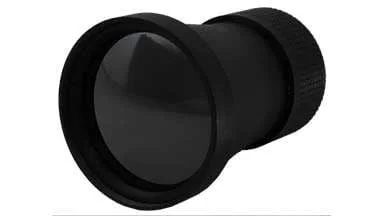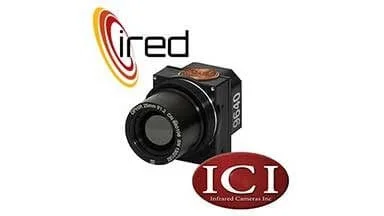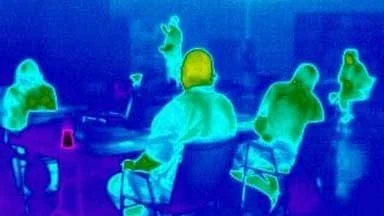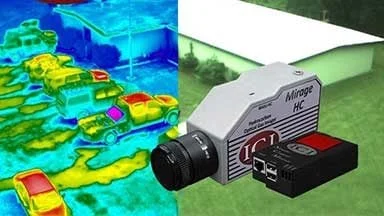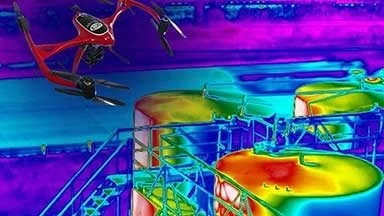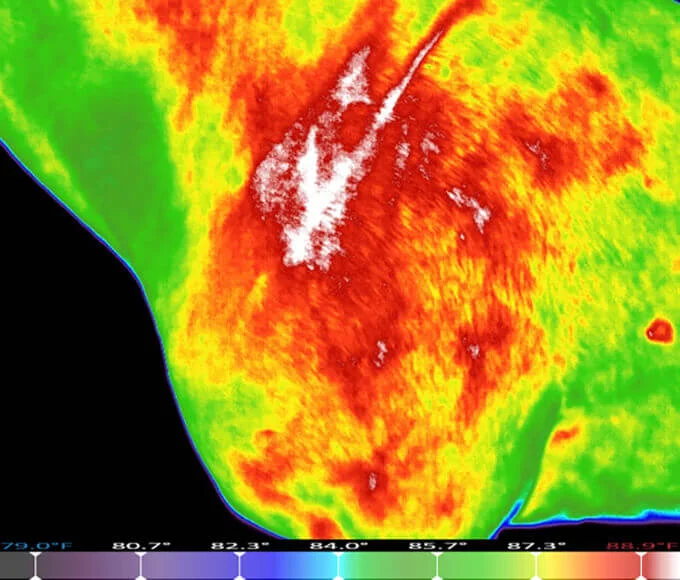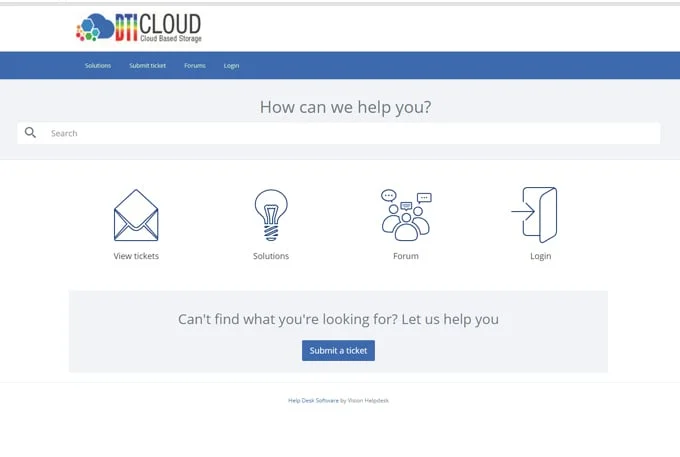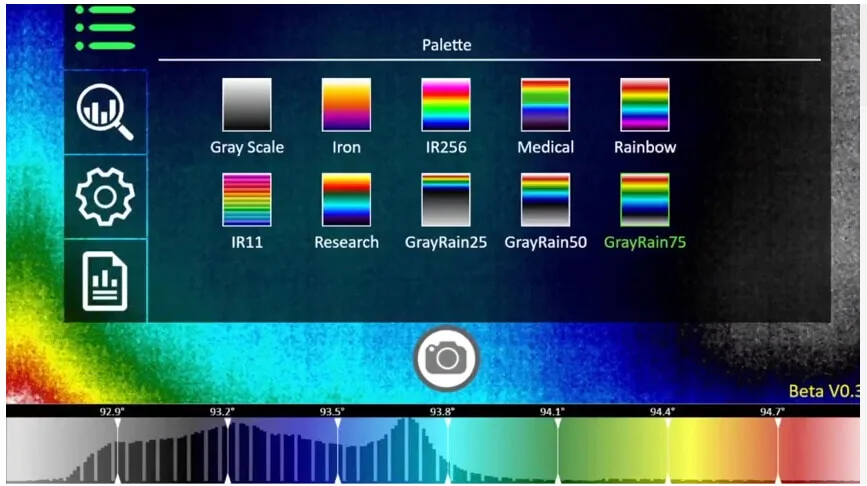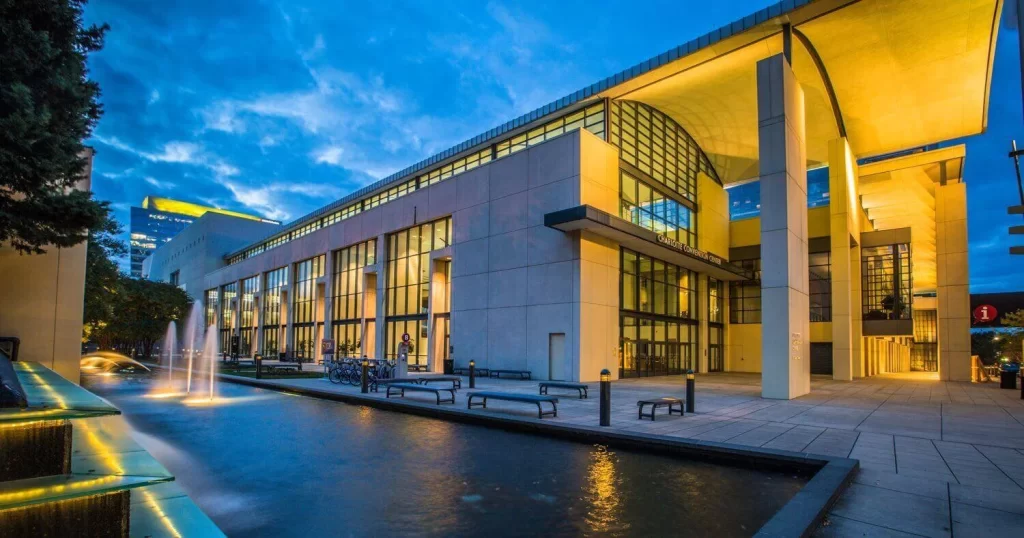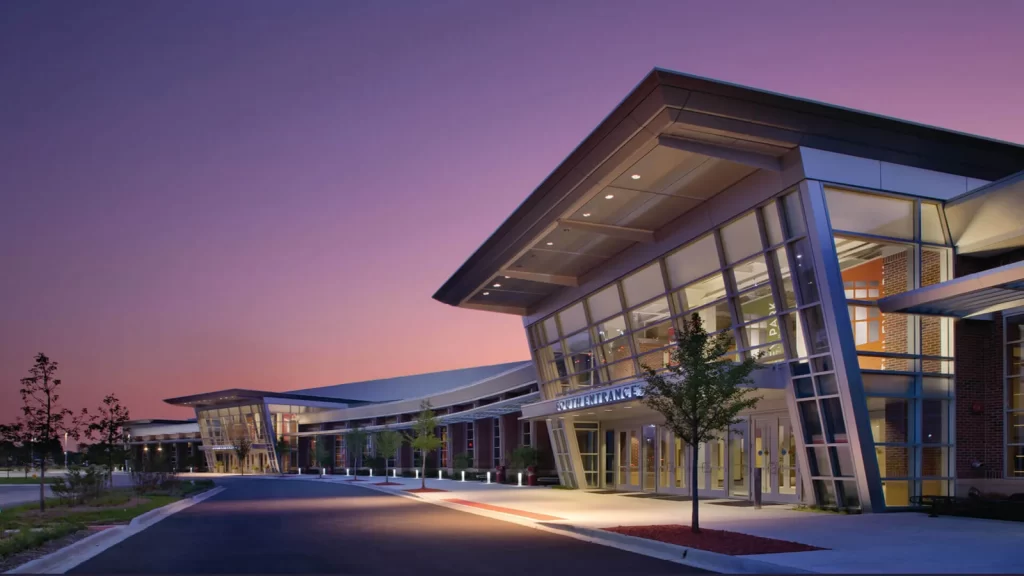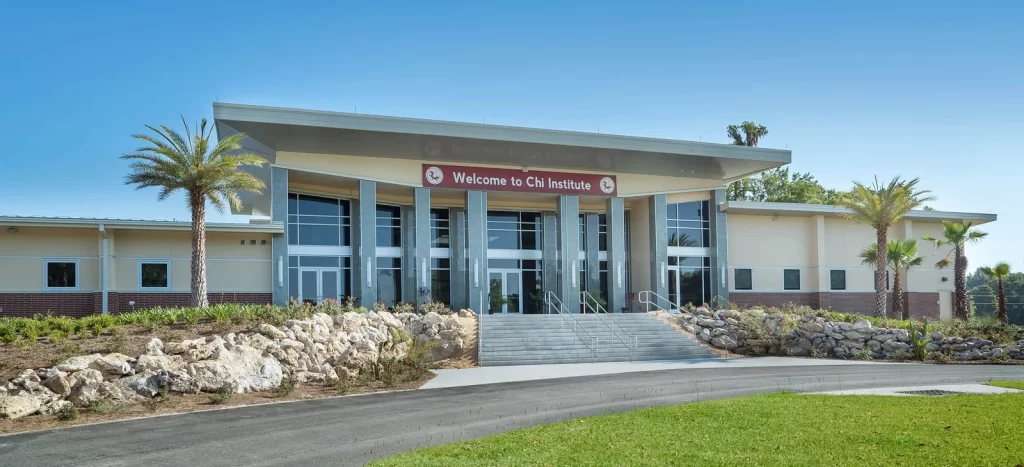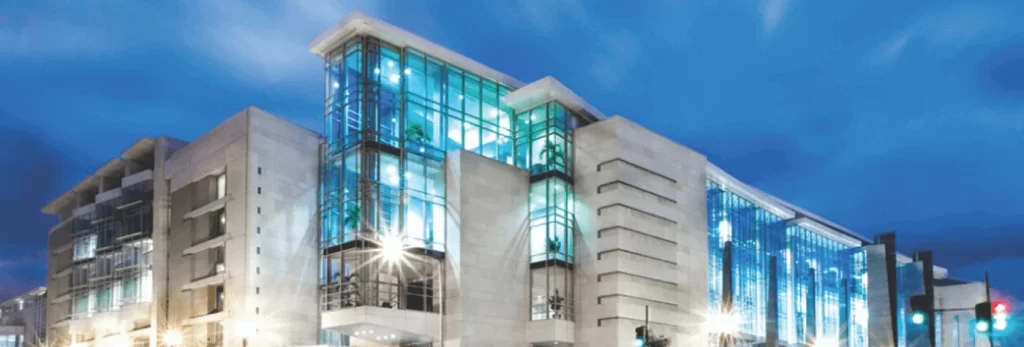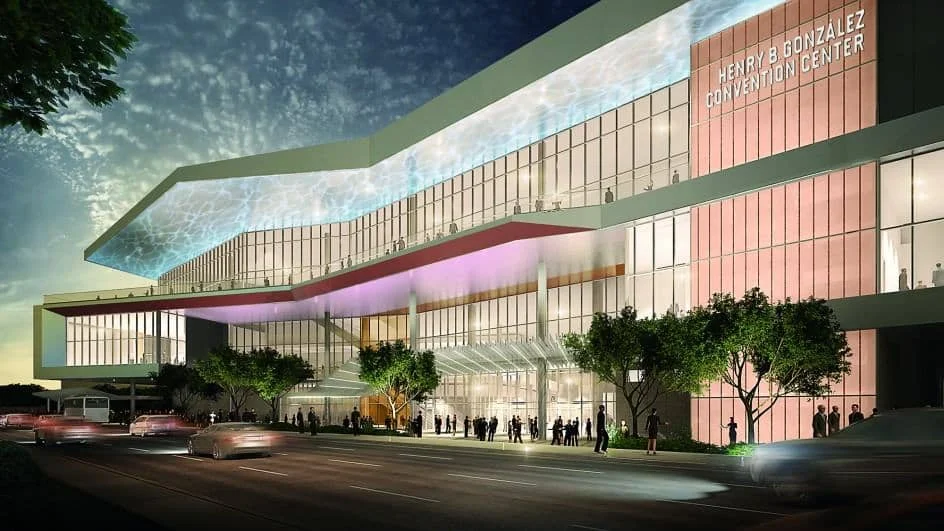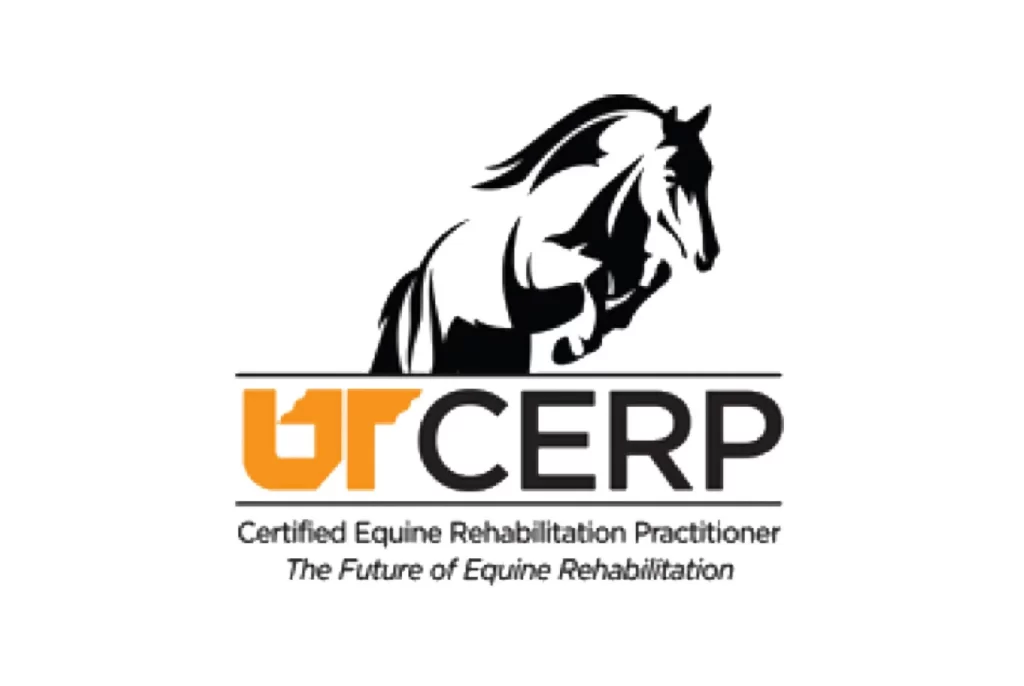News Center
Infrared Insights
News & Updates
Can a Camera Help Detect Ebola? – CNN Interview
Infrared cameras and software can help detect sick people based on body temperature. Gary Strahan, Founder of Infrared...
Long Distance Infrared – The New 100mm Lens
Infrared Cameras Inc. has done it again. We have built a lens that, coupled with the IR-Pad 640 P-Series,...
Detecting Delaminations in Bridge Decks
The nation’s deteriorating highway infrastructure requires new computerized Non-Destructive Evaluation (NDE) test methods, which provide analytical data to establish...
New Drone Regulations: Top 5 Q&A to Keep Money in Your Pocket
New drone regulations can lead to some serious fines if they’re not followed. If you’re reading this,...
iRed Announces UK Distribution for ICI 9000 Series UAV Thermal Imaging Camera | iRed Infrared
Our 9640 P-Series | USB / UAV Thermal Infrared Camera has now been released for marketing in the UK...
Congratulations Level 1 Thermographers!
Level 1 Thermography Trainees Pass Certification Course Congratulations goes out to all the trainees of the September...
Aerial Fugitive Emission Inspections with Optical Gas Imaging (OGI)
Why Keep Tabs on Fugitive Emissions? Many industrial complexes use organic gases as part of their work...
ICI’s Latest in Fugitive Gas Emission Detection – Halo | Thermal Infrared Aerial UAV System
Leading Supplier of UAV Thermal Cameras Here at Infrared Cameras Inc, we proudly supply a number of UAV...
Aquapuncture – Clinical Response
History The patient had a history of stifle lameness. Physiological Screen with Digital Thermal Imaging The patient...
Asymmetrical Shoulders
Interpretation:Both focal and radiating areas of hyperthermic activity on the LF likely due to compensation.
Digatherm Opens New Office Location
Digatherm has relocated to a new office location: 5950 SW 1st LaneOcala, FL 34474
AVMA Convention 2018 – Booth #108
AVMA Convention 2018 has something for every background and interest. Gain an educational edge through interactive CE...
Aquapuncture – Clinical Response
History The patient had a history of stifle lameness. Physiological Screen with Digital Thermal Imaging The patient...
Asymmetrical Shoulders
Interpretation:Both focal and radiating areas of hyperthermic activity on the LF likely due to compensation.
Digatherm Opens New Office Location
Digatherm has relocated to a new office location: 5950 SW 1st LaneOcala, FL 34474
AVMA Convention 2018 – Booth #108
AVMA Convention 2018 has something for every background and interest. Gain an educational edge through interactive CE...
DTI Cloud: Digatherm launches its cloud-based storage platform
Cloud Based Storage and Access For use with Digital Thermal Imaging in your practice
IR Flash Pro Vet Released
Digatherm introduces the latest version of IR Flash Pro Vet Software.
2018 AAFP Conference
This program is approved by the AAVSB RACE to offer a total of 66.00 CE Credits. It...
14th Annual Promoting Excellence Symposium
Enjoy a leading equine-exclusive continuing education program. It provides unique opportunities for learning, leisure, and networking for...
2018 AHVMA Annual Conference
The 2018 AHVMA Conference offers a total of 95.00 CE credits. Come and join us at the...
ISVMA 136th Annual Convention
ISVMA offers an opportunity to explore new relationships or reconnect with your industry partners, learn about new...
20th Annual International Conference of TCVM
The 20th Annual International Conference of TCVM is an exciting learning and networking opportunity, and a wonderful...
64th Annual AAEP Convention
The AAEP Annual Convention & Trade Show is the world’s largest continuing education event dedicated to equine...
AVMA Convention 2018 – Booth #108
AVMA Convention 2018 has something for every background and interest. Gain an educational edge through interactive CE...
2018 AAFP Conference
This program is approved by the AAVSB RACE to offer a total of 66.00 CE Credits. It...
14th Annual Promoting Excellence Symposium
Enjoy a leading equine-exclusive continuing education program. It provides unique opportunities for learning, leisure, and networking for...
2018 AHVMA Annual Conference
The 2018 AHVMA Conference offers a total of 95.00 CE credits. Come and join us at the...
64th Annual AAEP Convention
The AAEP Annual Convention & Trade Show is the world’s largest continuing education event dedicated to equine...
WVC 91st Annual Conference
This conference gives you the opportunity to: Connect with like-minded professionals,Stay up-to-date on all the new technology,...
2019 TVMA Annual Conference & Expo
Join more than 1,000 veterinary professionals and industry partners for the most important event in 2019 for...
90th FVMA Annual Conference
This conference provides the entire veterinary care team with an outstanding scientific program, unique social and networking...
AVMA Convention 2019
Gain an educational edge through best-in-class CE opportunities, including hands-on labs, workshops, panels and lectures taught by...
2019 AHVMA
Stop by our booth at the 2019 AHVMA Annual Conference. Date:September 6 – 10, 2019 Location:Gaylord OprylandResort...
Aquapuncture – Clinical Response
History The patient had a history of stifle lameness. Physiological Screen with Digital Thermal Imaging The patient...
Asymmetrical Shoulders
Interpretation:Both focal and radiating areas of hyperthermic activity on the LF likely due to compensation.
2018 AAFP Conference
This program is approved by the AAVSB RACE to offer a total of 66.00 CE Credits. It...
14th Annual Promoting Excellence Symposium
Enjoy a leading equine-exclusive continuing education program. It provides unique opportunities for learning, leisure, and networking for...
2018 AHVMA Annual Conference
The 2018 AHVMA Conference offers a total of 95.00 CE credits. Come and join us at the...
Detecting Delaminations in Bridge Decks
The nation’s deteriorating highway infrastructure requires new computerized Non-Destructive Evaluation (NDE) test methods, which provide analytical data to establish...
ICI’s Latest in Fugitive Gas Emission Detection – Halo | Thermal Infrared Aerial UAV System
Leading Supplier of UAV Thermal Cameras Here at Infrared Cameras Inc, we proudly supply a number of UAV...
Asymmetrical Shoulders
Interpretation:Both focal and radiating areas of hyperthermic activity on the LF likely due to compensation.
Thermal Imaging; A paradigm in equine lameness exams
Wondering how to make your lameness exams take less time and be more accurate in 2020? Adding...
ICI’s Latest in Fugitive Gas Emission Detection – Halo | Thermal Infrared Aerial UAV System
Leading Supplier of UAV Thermal Cameras Here at Infrared Cameras Inc, we proudly supply a number of UAV...
ICI’s Latest in Fugitive Gas Emission Detection – Halo | Thermal Infrared Aerial UAV System
Leading Supplier of UAV Thermal Cameras Here at Infrared Cameras Inc, we proudly supply a number of UAV...


